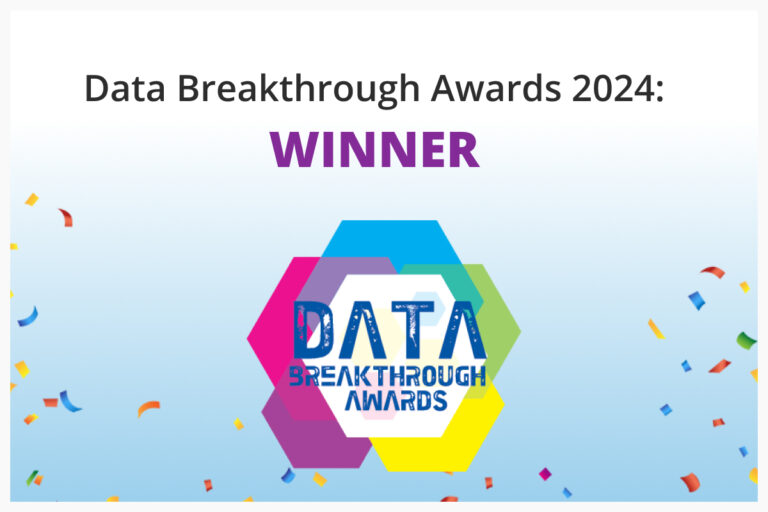 Steve Pruchniewski is the new director of product marketing at Komprise. Hailing most recently from NetApp, he brings deep knowledge in enterprise storage and data management. We spoke with Steve about the storage industry and related technology trends.
Steve Pruchniewski is the new director of product marketing at Komprise. Hailing most recently from NetApp, he brings deep knowledge in enterprise storage and data management. We spoke with Steve about the storage industry and related technology trends.
You’ve been working in the storage industry for well over 10 years. What is interesting to you about the sector and what’s kept you in it?
SP: Even when I wasn’t in storage, it was the foundation for everything I was doing. My customers needed disaster recovery, business continuity, compliance, and so on and they needed storage to make it happen. Customers that innovated with storage were able to accomplish amazing things.
During the time you were at NetApp, can you describe the key phases of the company’s evolution regarding impact on the storage industry?
SP: NetApp was of course known for being an early leader in NAS but their focus on application intelligence versus storage for storage’s sake is what set them apart. The ability to have a database protected by a consistent snapshot, then make a clone of that data instead of having have to dump all data to a copy and move the copy, was a game changer.
The explosion in virtualization really brought them to the forefront. To drive full benefits out of virtualization you needed shared storage. NetApp brought that same feature set of snapshots, replication, clones, to virtual storage. NetApp also understood the importance of object storage and made an early investment by acquiring StorageGRID in 2010. When AWS established the S3 object storage API, NetApp was well positioned to help customers with on-prem and hybrid cloud object storage.
What brought you to Komprise?
SP: Over the last few years I had the opportunity to work with Komprise while at NetApp and was impressed with the not only the product but also the people. Komprise’s approach to data management resonates with my experiences and what I see as challenges and opportunities to be more efficient and strategic with storage.
How will cloud storage growth impact strategies and plans of the major storage vendors over the next few years?
SP: It’s going to be a challenge for traditional storage vendors that don’t have a real cloud strategy. More and more applications will be managing their own storage. Think back to when an application owner would need to create a ticket for the storage team to create a LUN with a certain capacity and with a specific block size. Now IT engineers and application owners expect to provision their own storage like they do in the cloud. Storage vendors must enable that same level of simplicity on premise. I don’t believe the world will move to 100% cloud; new offerings like Azure Stack and AWS Outpost validate that there will always be on-prem gear. Storage vendors that can provide an application driven, cloud-like experience on-prem and make it easy for customers to consume the right storage are going to excel.
Earlier in your career you worked as an engineer. Do you have any regrets about moving over to the marketing side of the house?
SP: I loved being hands on and being able to point at something I built, but I also love to learn from others and share my experiences. The move to marketing means I get to listen to a broader group of engineers and experts and then share those stories with others. I feel like I can have a bigger impact. I still get hands on in POCs and run my own home lab and build PCs. For me marketing is the best of all worlds.
In closing, what do you think will be the biggest impact of the post-Covid world on CIOs and other IT leaders?
SP: I think IT leaders will need to work on reducing the general resistance to change.
Covid forced us to change the way we operate, and in many ways showed us how resilient we could be. Customers don’t want to get back to the way things were; they want better.
“We always did it this way” is no longer an excuse. People are ready for change. Consider how many people are changing jobs now in 2021–myself included. The hesitancy to move away from status quo has been torn down by our experiences in the Covid shutdown.
What do you mean by that?
SP: When you talk to a customer who has been running IT infrastructure for more than a few years, much of their architecture evolved not because of conscious decisions but rather organic growth and happenstance. Organizations inherit data centers and gear through acquisitions; legacy systems persist because it’s a pain to get rid of them. This year, we see customers taking action. With remote workforces it’s not just about consolidating office space and having the right collaboration tools. Data center consolidation and move to the cloud is a great example of the change we see in industry.



